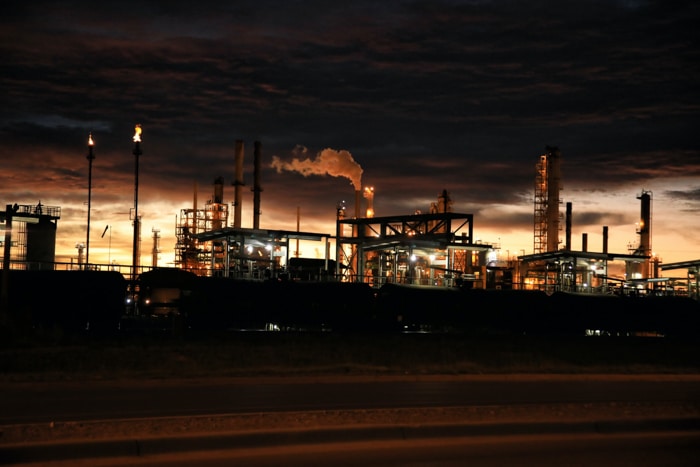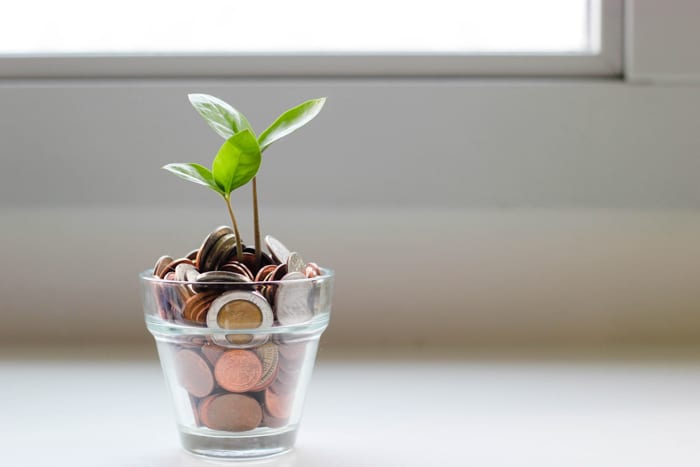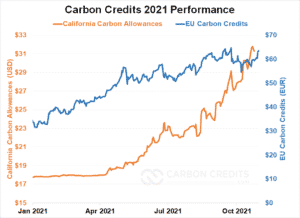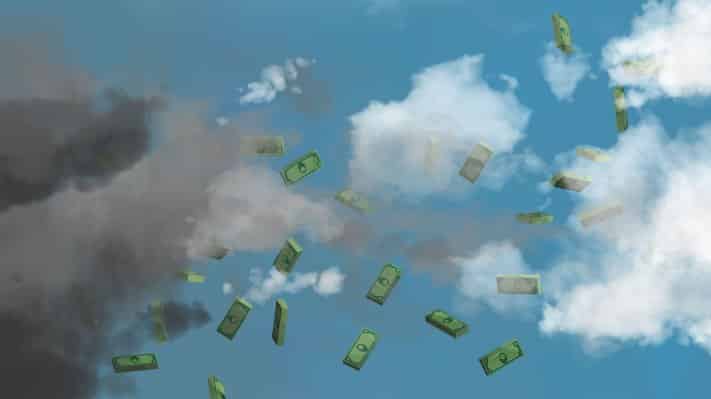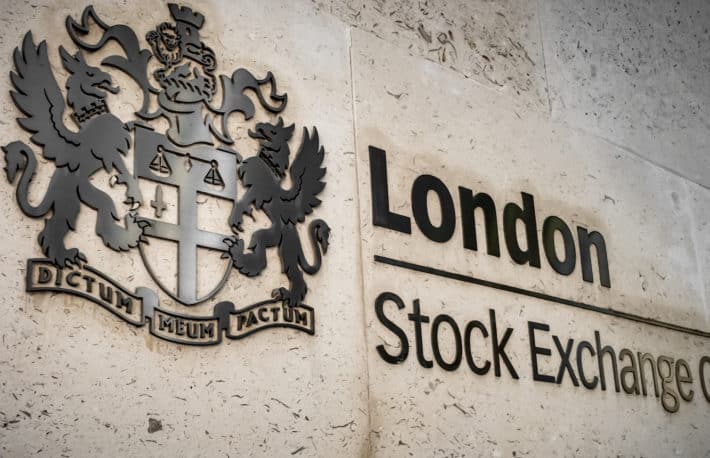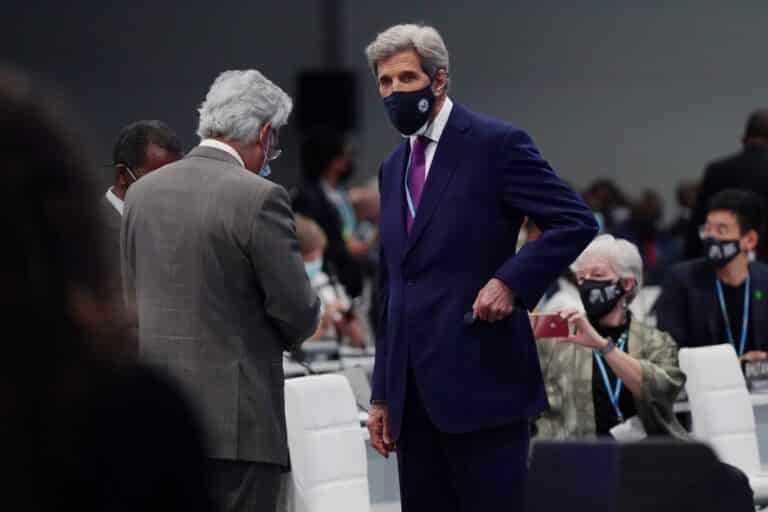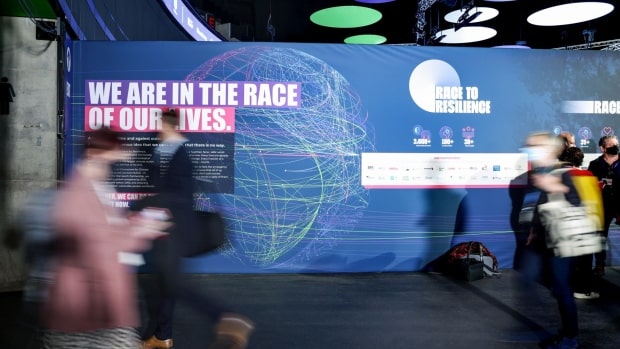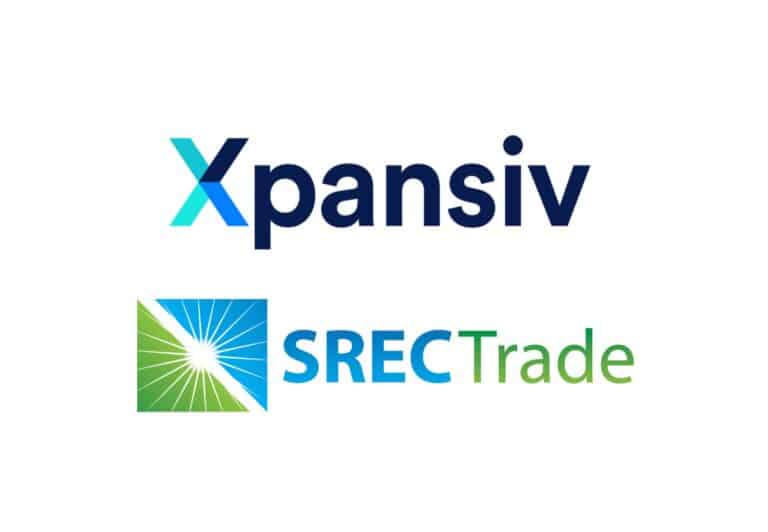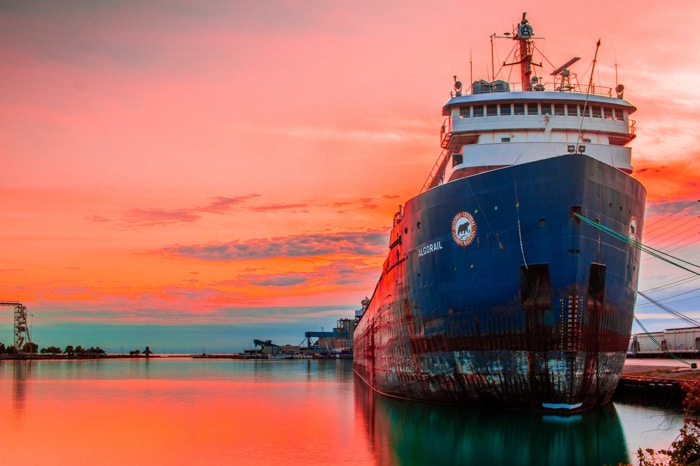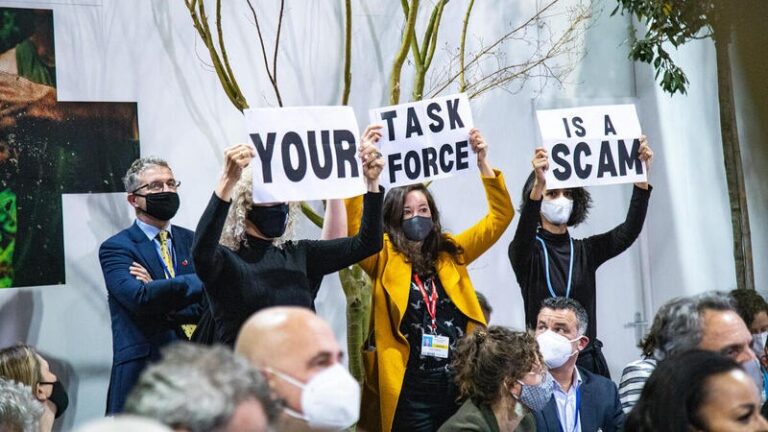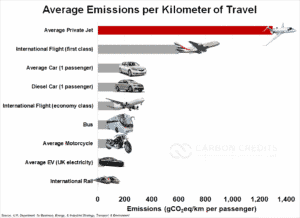Cambridge University is building a new blockchain carbon credit marketplace to preserve biodiversity. The program, called Cambridge Centre for Carbon Credits (otherwise known as 4C), will be run by computer scientists and conservation scientists, focusing on reforestation projects. The marketplace will be built using Tezos blockchain.
What is a carbon credit?
Carbon credits are traded on a platform – such as a carbon credit marketplace – to help offset carbon emissions. So, for every (one) carbon credit purchased, one metric ton of carbon is “offset” from the atmosphere through an environmental project.
Many countries and companies have been turning to the carbon credit industry to remain environmentally friendly as they work to achieve net-zero emissions. Keep in mind that net-zero isn’t possible for many industries since the technology doesn’t exist yet. So, carbon credits can help them meet new regulations.
Why did Cambridge choose Tezos?
According to Dr. Anil Madhavapeddy, an Associate Professor of Computer Science at Cambridge, Tezos was selected because the cryptocurrency is available on exchanges across the globe.
“We have to make sure that any schemes we fund can be supported over the course of decades, and Tezos is unique among blockchains in that it supports a built-in self-amending mechanism via distributed governance,” said Madhavapeddy.
“This means that the technology we choose will not be left behind, but it will continue to evolve and grow with the needs of the transactions happening with the network, which as I mentioned before, I hope will dramatically increase as the size of the voluntary carbon officer market increases over the next decade.”
What does this mean for the carbon credit industry?
Madhavapeddy went on to say that trust was crucial for ensuring that the marketplace succeeded so that “purchasers of carbon credits can confidently and directly fund trusted nature-based projects.”
With a new global standard set at COP26 and expanded interest in the worldwide carbon marketplace, efforts such as this demonstrate the integral role carbon credits play in the fight against climate change. As the industry becomes more transparent – alleviating some critic concerns – the market is only expected to grow.
The global carbon market is expected to be valued at $100 billion by 2030– up from just $300 million in 2018.


